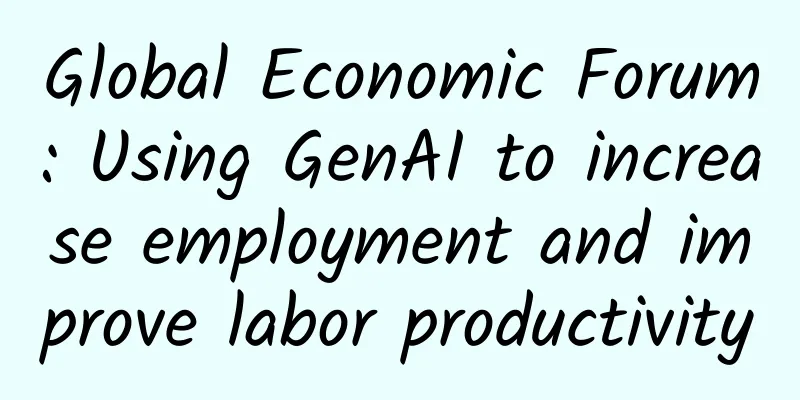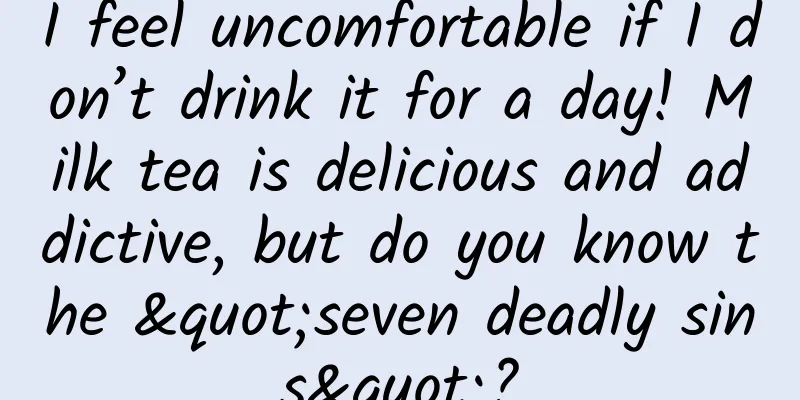Global Economic Forum: Using GenAI to increase employment and improve labor productivity

|
Generative artificial intelligence (GenAI) has the potential to drive significant gains in labor productivity at the task, organizational, and economic levels. Achieving these gains depends on the deployment of GenAI, where tasks are partially performed and technology effectively supports or augments human capabilities through human-machine collaboration. In the global context What differentiates GenAI from previous AI developments is its ability to expand the use of AI and remove barriers to expertise. GenAI has the potential to contribute to economic and productivity growth, creating efficiencies by freeing up work time spent on low-value tasks to engage in high-value activities. Scenario Analysis With such rapidly evolving technology, even the relatively near future is difficult to predict. To help think through the possibilities, it’s helpful to consider scenarios based on two key uncertainties that will impact the job growth, productivity, and innovation that GenAI will enable in the near future. The first core uncertainty relates to the level of trust in GenAI, which refers to the confidence that employees and organizations have in GenAI-driven tools and their outputs, as well as the trust that employees have in their employers, technology providers, and governments. The second core uncertainty concerns whether the applicability and quality of GenAI will continue to improve or remain the same in the near term. Insights from early adopters The report, based on interviews with more than 20 early adopters from a wide range of industries and regions around the world, outlines four near-term scenarios that provide useful context for understanding them in depth. These organizations are pursuing GenAI in part out of confidence in productivity gains. They also believe that GenAI will improve the quality of work and employee experience. A different motivation is the desire to preempt potential disruptions to their own businesses. The organizations that were quickest to adopt GenAI among their workforces were those that could be described as “data-driven.” They emphasized the need to develop and test GenAI solutions in small groups before rolling them out to the rest of the organization, in order to identify and resolve issues before broader implementation. Framework for Action Combining insights from scenario analysis and lessons learned from early adopters, the report proposes an actionable framework for promoting job creation and workforce productivity growth with GenAI. It focuses on factors that are within the control of organizations and is designed to be useful both for organizations just beginning their GenAI workforce deployment journey and for those seeking to expand existing efforts.
|
<<: 360 Vizza Mobile Review: A Phone More Worth Its Price Than iPhone X
Recommend
The digital advertising landscape in 2022 (Part 2)
The digital advertising landscape in 2022 (Part 1...
collect! Google Ads Terms That Marketers Must Know
The following common Google Ads terms will help y...
Weekly Science Talk丨Can a small catalyst help improve air quality?
In August, the Ministry of Ecology and Environmen...
Android immersive status bar implementation
More and more apps in the app market have immersi...
Can Changhong, which is a step behind, get out of the quagmire of innovation rickets?
The first quarter of 2017 is drawing to a close. ...
Why Public Wi-Fi Is Unsafe
We often hear warnings from security experts that...
Complete online event operation process!
Online activities must be able to produce short-t...
China Association of Automobile Manufacturers: Brief analysis of automobile industry production and sales in June 2024
According to an analysis by the China Association...
There is a new discovery! Behind these two bricks, there is a big secret...
Green-glazed lotus tiles, blue-glazed square bric...
To control fatty liver, should we eat less staple food or less meat?
A friend told me that he was only in his early fo...
Twitter officially launches Periscope. Can it compete with Meerkat?
[[130843]] The popularity of the video live strea...
Mengzhuangyuan interactive learning all-in-one machine experience: covering more than 30,000 courses, a "private tutor" customized for students
In the first half of 2020, due to the impact of t...
Case! “User incentive” routine fails? See how others do it
Now that you have users, what next? In the past t...
How to cleverly use celebrities to achieve a cold start for a product?
For those who work in operations , the word they ...
Super detailed Tik Tok operation-tools!
All the practical information and skills are clos...









